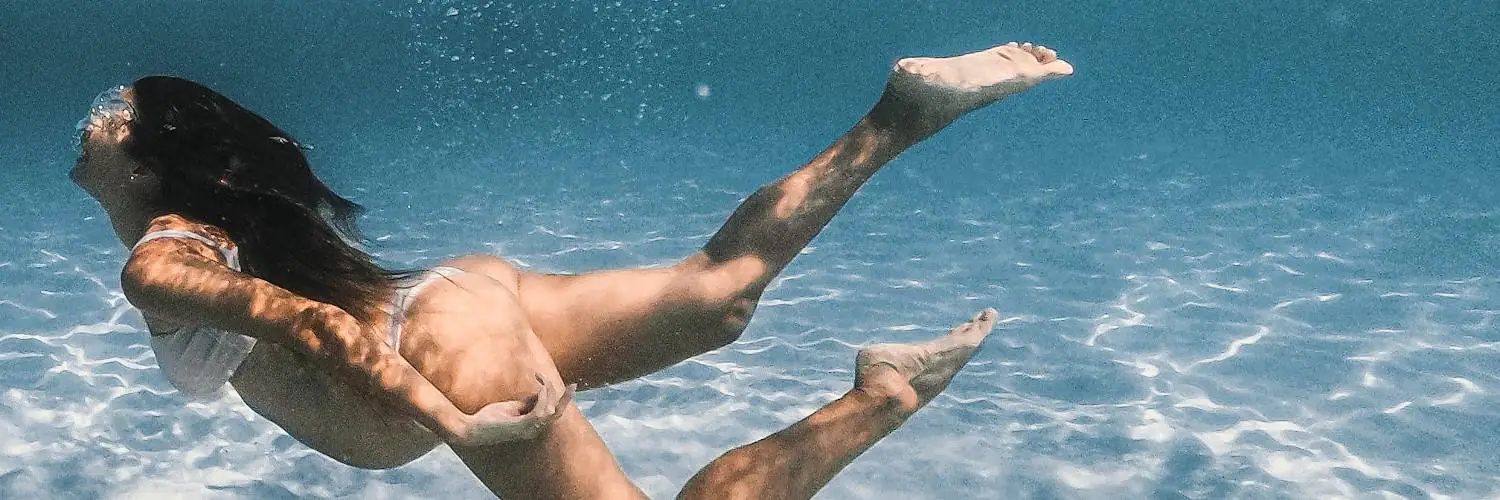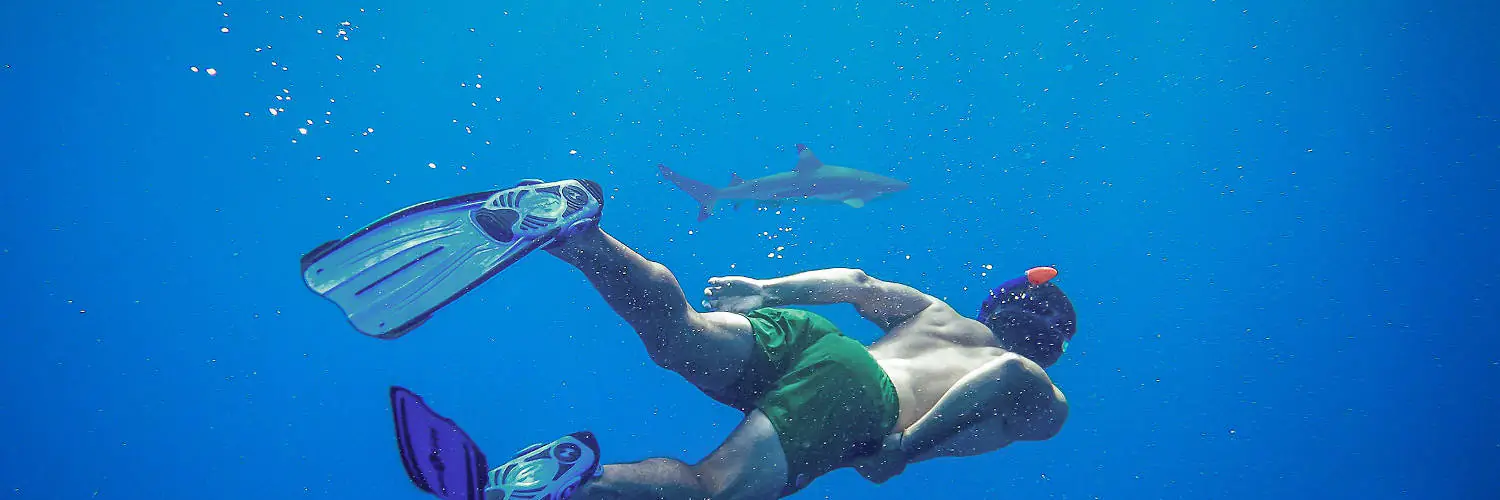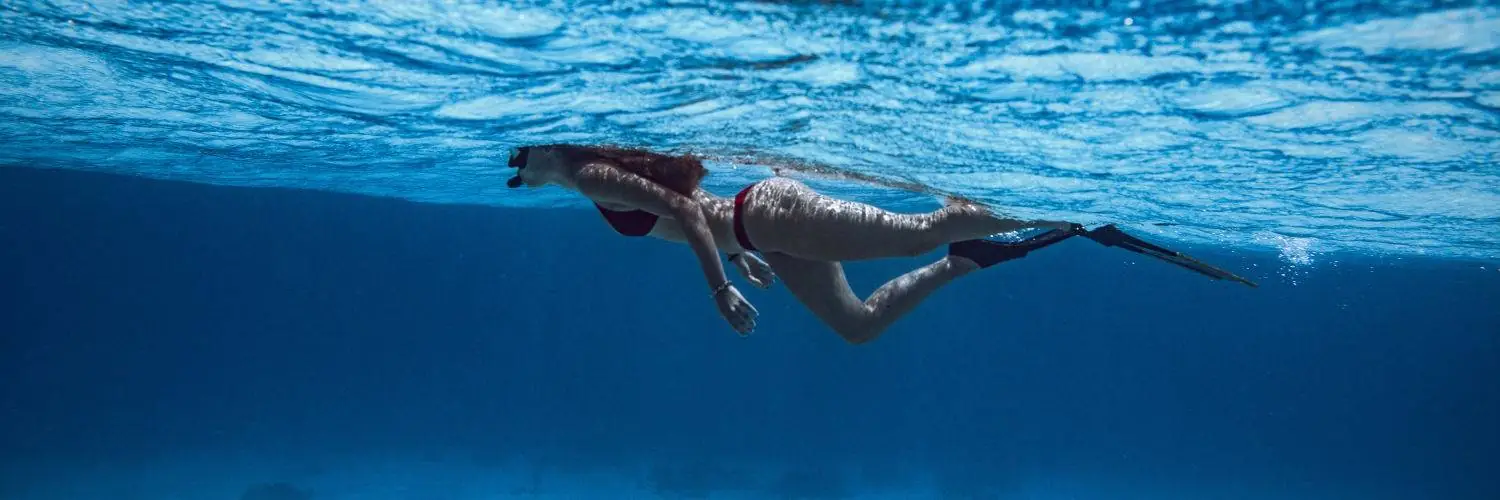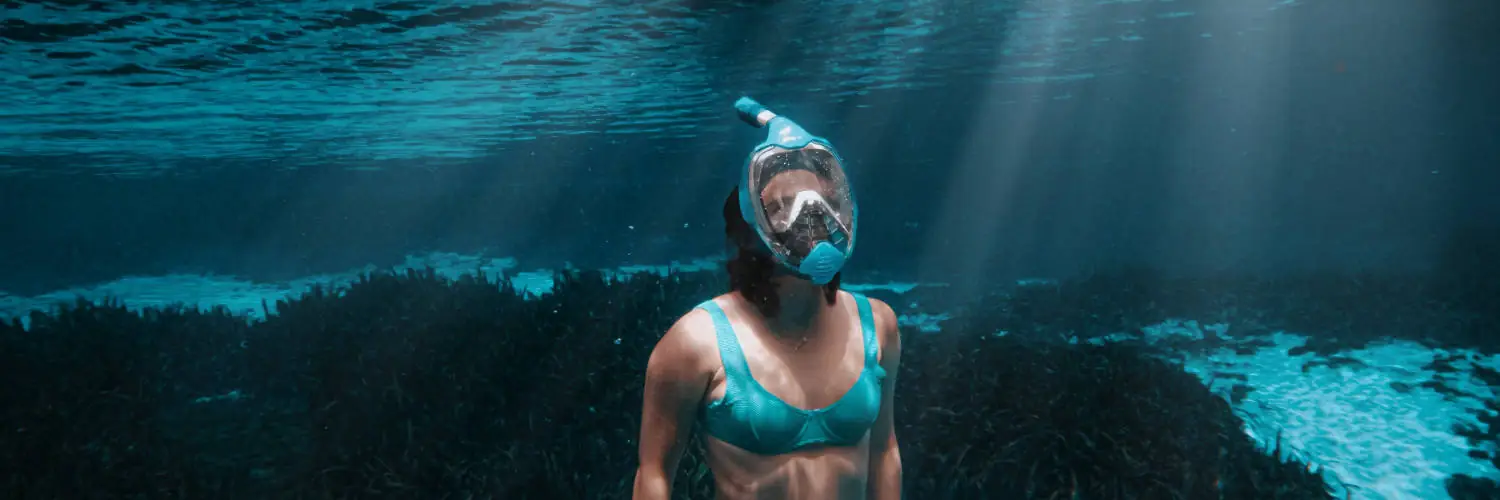Enjoyed by millions of people worldwide every year, snorkeling is a popular recreational activity. Lots of folks like exploring underwater. Lots of folks like exploring underwater, especially in warm places like Hawaii. Still, it can be risky and accidents while snorkeling can turn out really bad.
Between 2012 and 2021, there were 204 snorkeling-related deaths, with 184 involving tourists in Hawaii according to the Honolulu Civil Beat. The actual number of fatalities is relatively small compared to the overall number of snorkelers participating. On average, there are about 10 snorkeling deaths per year and approximately two deaths per 1 million snorkelers due to cardiac causes (see source).
When practiced responsibly, snorkeling is generally considered a safe activity even tho these statistics may seem alarming. Good preparation, right gear, and knowing safety steps can make the dangers lower, letting people enjoy the beauty underwater without worry.
Table of Contents
Overview of Snorkeling Deaths per Year
From 2012 to 2021, Hawaii recorded 204 snorkeling-related deaths, with the majority of the victims being tourists. In the same period, the state experienced a total of 682 drownings, with snorkeling accounting for a significant proportion of these fatalities. It is worth noting that drownings are considered the fifth leading cause of death in Hawaii, resulting in approximately 40 deaths annually.
Although there are no specific national figures for the United States or Canada, it is clear that snorkeling-related accidents are not isolated to only Hawaii. Different age groups and demographics are affected by these accidents; however, some are more prone to these fatalities than others. For instance, males and children are more likely to be victims of snorkeling-related drownings.
When looking at the demographics of snorkeling deaths in Hawaii, non-resident visitors accounted for 189 fatalities from snorkeling during the 2009-2018 period. This shows that people who visit the area are very at risk, maybe because they don’t know the place well or think they are better swimmers and snorkelers than they really are.
To end, dying while snorkeling is a big worry, especially in famous places like Hawaii. When snorkeling, locals and tourists, should know the right safety measures to avoid risks. We can make snorkeling safer for everyone if we understand who is at the most risk and the reasons.
Causes and Risk Factors
Drowning and Other Fatal Incidents
Drowning is the most common cause of death while snorkeling, accounting for a significant number of snorkeling-related fatalities each year. Asphyxia often occurs when a person loses consciousness or becomes unable to swim due to exhaustion. In some cases, the inhalation of water or a sudden loss of consciousness may lead to drowning. Better equipped to handle unexpected hazards, strong swimmers do better, making swim ability important in preventing drowning.
Equipment Related Incidents
Many snorkeling incidents are caused by malfunctioning equipment. For example, full-face masks have gained popularity among snorkelers, but they pose risks if the mask’s oxygen supply or the rescue valve malfunction. A defective or improperly worn mask may increase the likelihood of water entering the breathing tube or air space, leading to inhalation of water and possible drowning. Furthermore, hypoxia (lack of oxygen) is a potential risk that can occur if the mask does not provide sufficient airflow.
Health Conditions and Other Risk Factors
Cardiac and pulmonary conditions, in addition to other pre-existing health conditions are related to snorkeling incidents. According to an analysis of snorkeling-related deaths in Australia from 1994 to 2006, 60 of the 140 deaths were attributed to cardiac-related causes. A buildup of fluid in the lungs, rapid-onset pulmonary edema, is one condition that those with underlying health issues or with heart disease are susceptible to.
Snorkelers should be know of the risks and hazards associated with the activity to prevent accidents. Using gear correctly, knowing your health, and being a good swimmer are important to lower the chance of bad outcomes.








